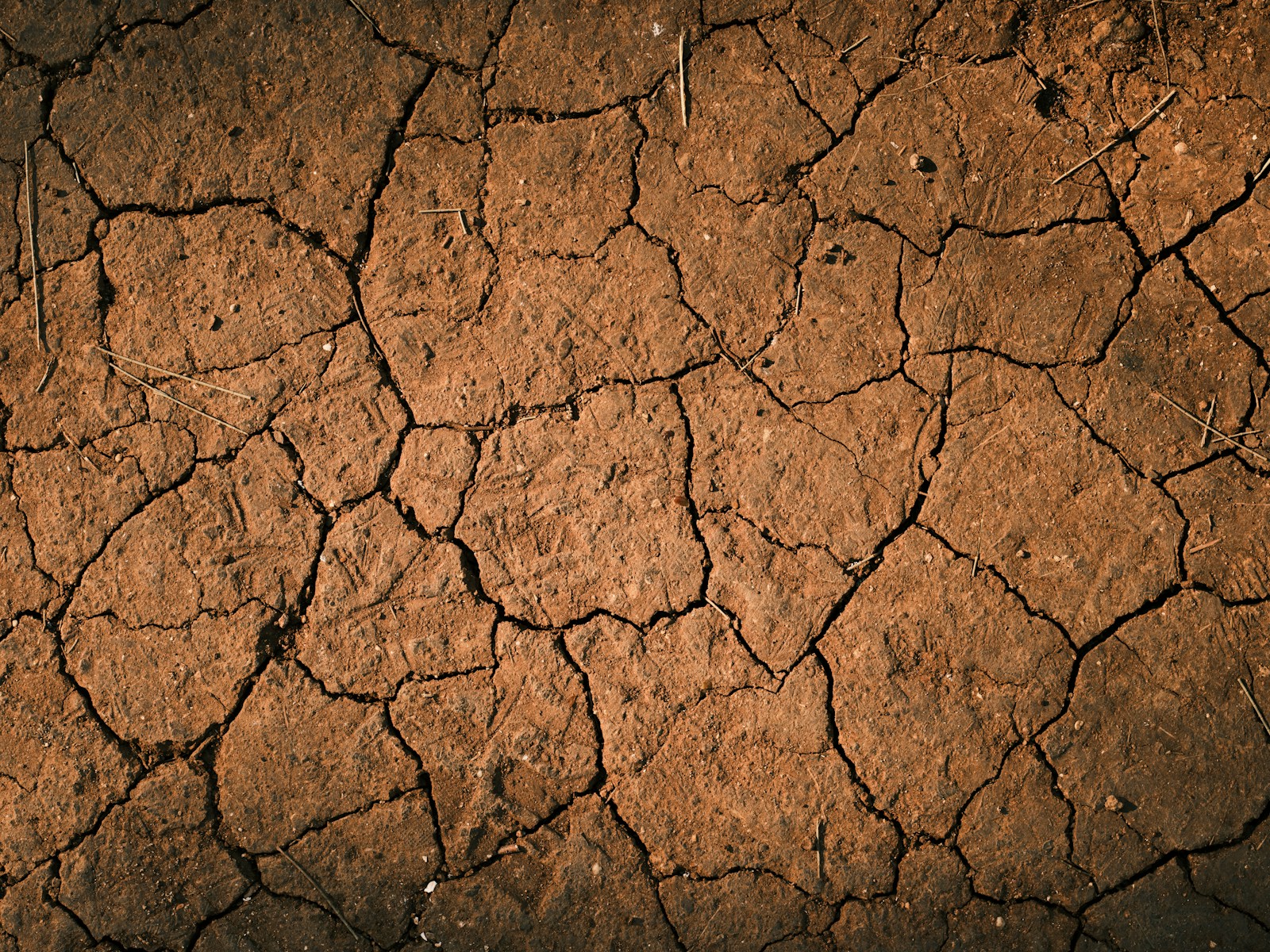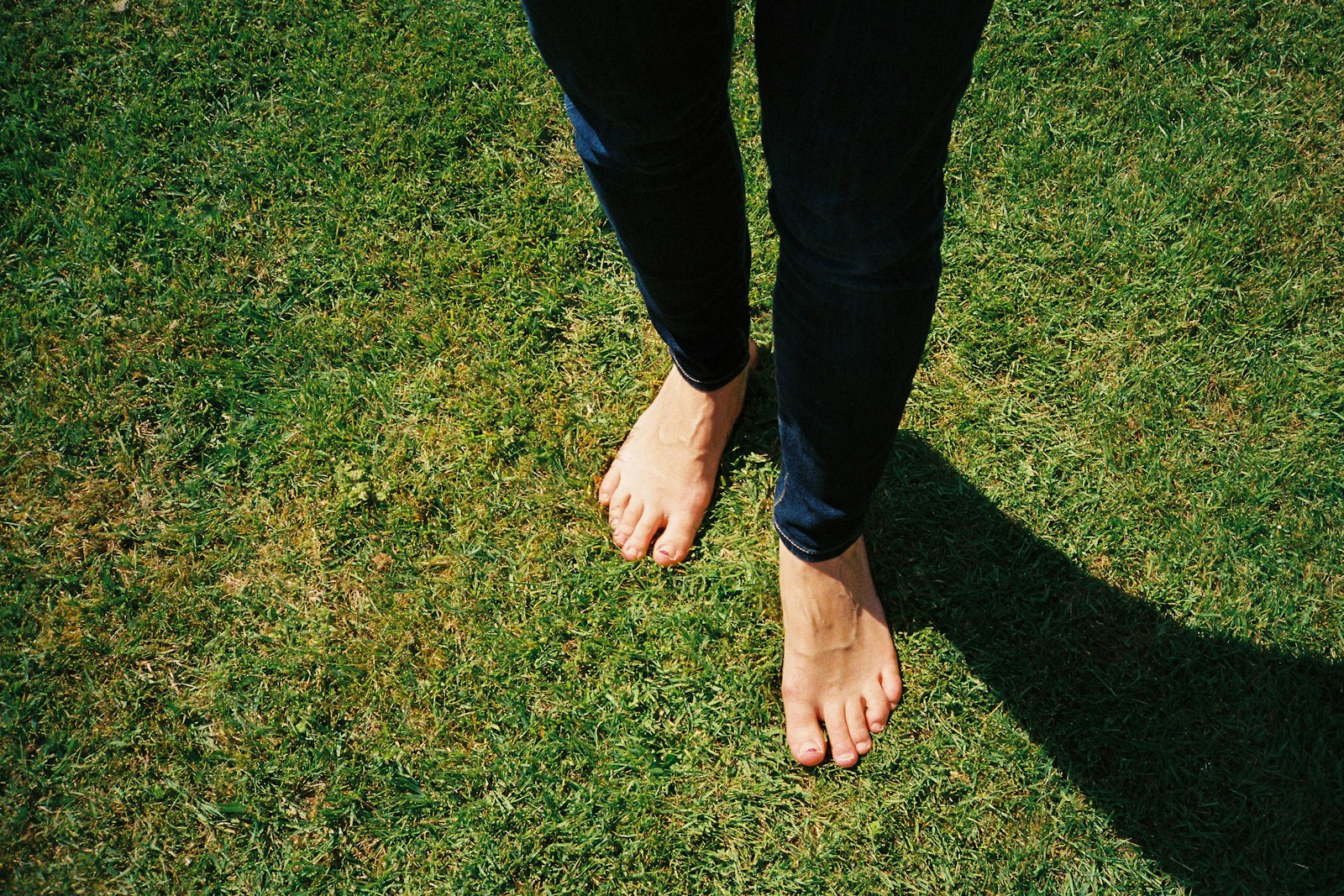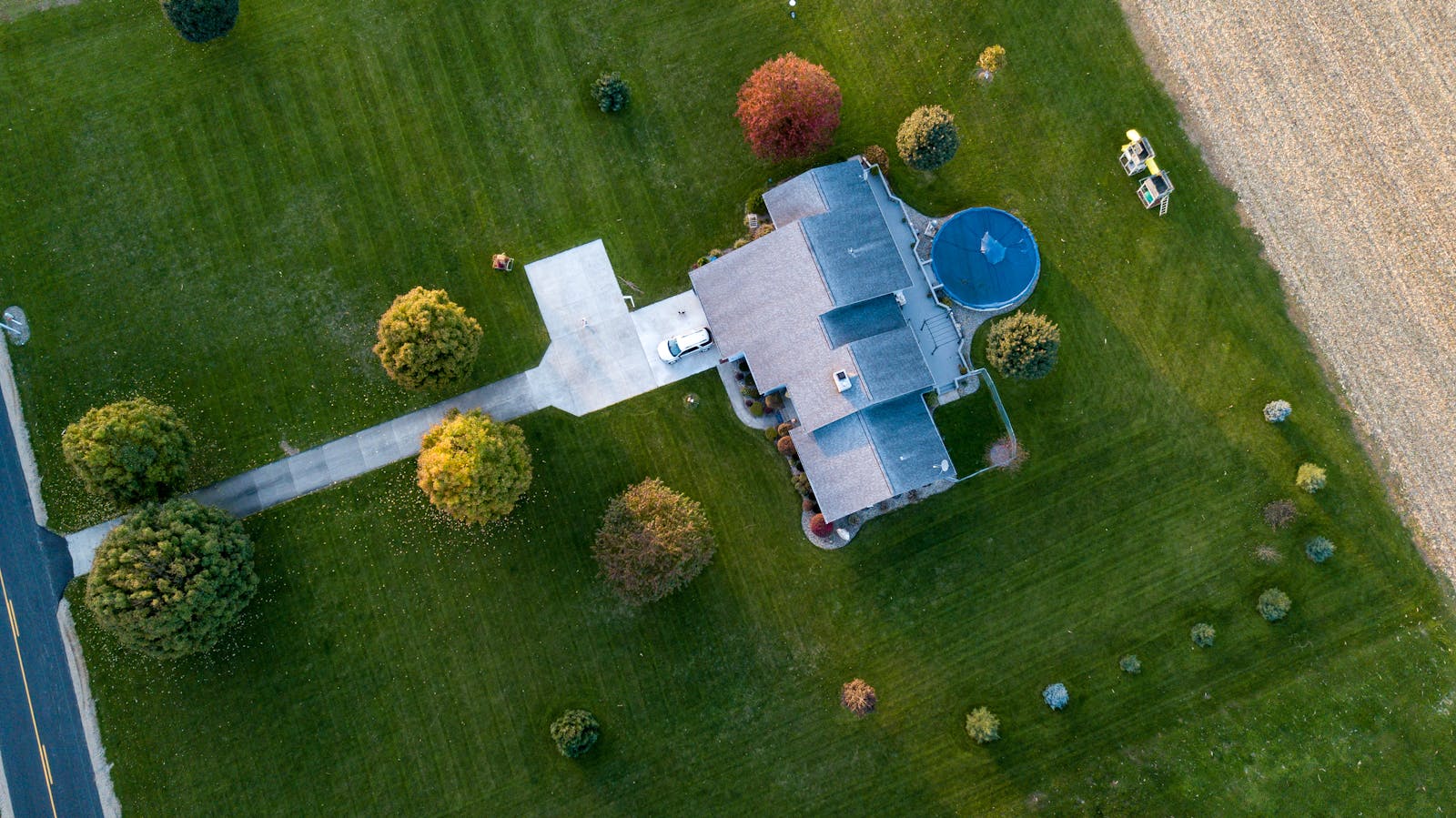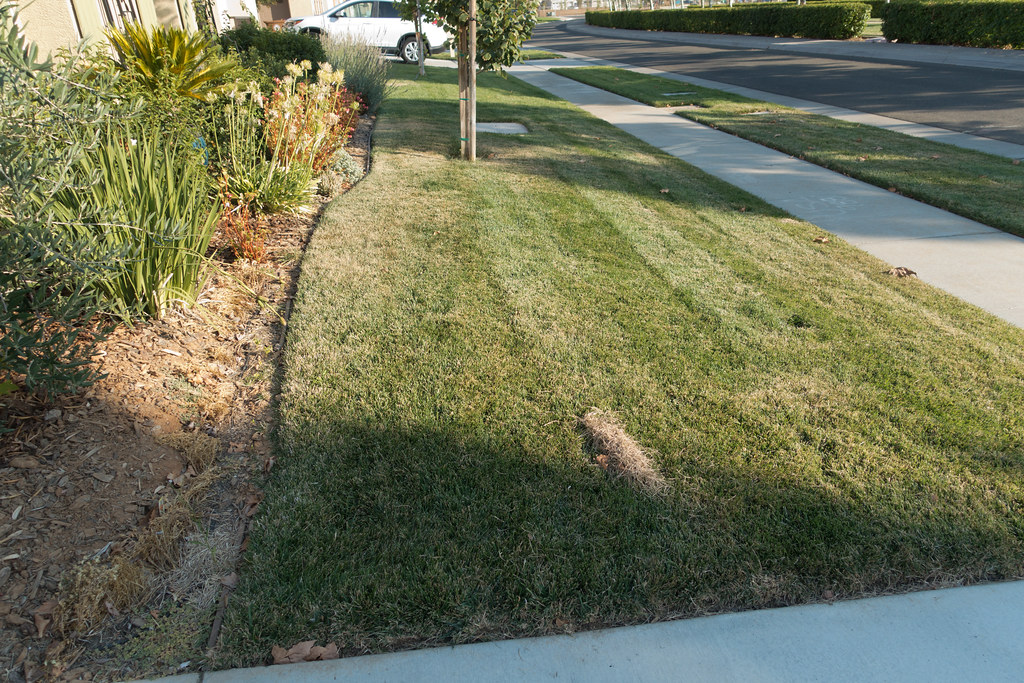Dear Seasoned Spade,
I’ve got a problem. My garden is full of clay soil, and my plants hate it. I’ve tried everything—compost, sand, even hoping my plants would just figure it out themselves (spoiler alert: they didn’t). What am I missing? Is there any hope for me, or should I just turn my garden into a rock garden instead?
Cloddy in Cleveland
It’s Not You, It’s the Clay
Ah, clay soil. The garden equivalent of that one friend who’s always late, but you still can’t get rid of them because you’ve known them forever. You can try to work around it, but in the end, it’s just a hard, stubborn mess.
And yet, for some odd reason, so many of us are cursed with it. It doesn’t drain well. It gets compacted faster than a toddler in a cardboard box. And let’s not even get started on the way it sticks to your boots like gum on a hot sidewalk. But take heart, my fellow gardener—there is hope for you and your cloddy nemesis.
The Problem: Planting in a Brick
Picture this: you’ve got a lovely garden bed ready for action, but underneath the soil is more like hardened concrete than anything you’d call “loamy” or “soft.” When you try to dig, it’s like the earth is fighting back, saying, “Not today, pal.” The roots of your poor plants can’t stretch, water runs off like it’s in a race to the nearest drain, and if your soil was a personality, it would be that one friend who insists on keeping everything to themselves.
But don’t worry, this is the battle that gardeners everywhere are waging. You’re not alone, and you’re not the first to say, “Why can’t this be more like the sandy beach in my fantasy garden?!” Let’s fix this.
Turning Your Brick into a Bed of Roses
So here’s the deal. You’ve got to break up that clay. Yes, just like breaking up with a bad relationship—it’s going to be a little messy, but in the end, you’ll feel much better about it. Here’s how you do it:
First off, don’t just dump a pile of sand and expect a miracle. While it sounds like a good idea (hey, it’s grainy and loose, right?), it’s more like trying to fill in a pothole with a few granules of sugar. Instead, incorporate organic matter into that clay. Yes, compost, but also decayed leaves, grass clippings, and even coffee grounds if you’re feeling ambitious. It loosens up the soil, making it more breathable and plant-friendly.
You’ll need to get down and dirty with a garden fork, digging in and mixing the compost in layers, about 3-4 inches deep, throughout the bed. Don’t just toss it on top like a salad dressing—mix it in like you’re making dough.
And don’t skimp on drainage! Clay loves to hold onto water, so give it a little help. Add a layer of gravel or pebbles in the bottom of your planting holes to keep things from turning into a swamp. If you’ve got a raised bed, go for it—think of it as building a comfy lounge chair for your plants. You want them sitting pretty, not stuck in a cement block.
Keep Pushing Through, You’ve Got This
Now, I know what you’re thinking. “This sounds like a lot of work, Seasoned Spade. Will it ever get easier?” And my answer is a resounding: yes, but with time. Clay soil isn’t going to turn into a fluffy bed of clouds overnight. But with a little TLC (and maybe a few more cups of coffee than usual), you can create a garden that’s worth the effort.
So take a deep breath, get your hands dirty, and tackle that clay like it’s the last cookie in the jar. Sure, it’s a challenge—but that’s what makes the success so sweet. Plus, you get to feel smug when your neighbors start asking how you made your garden grow despite the odds.
Seasonedly yours,
The Seasoned Spade



